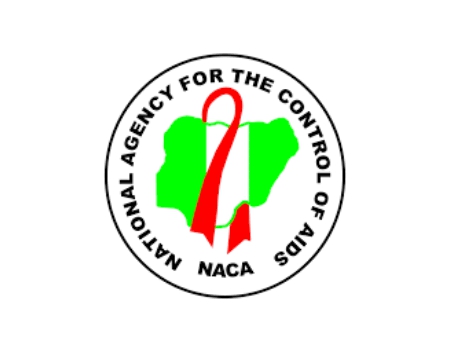Speaking during advocacy visits to media stations and government agencies in Ilorin on Tuesday, Head, Public Relations and Protocol of the agency, Mrs Toyin Aderibigbe, said that the disease had been spreading mostly in rural communities of Nigeria.
The NACA boss, who lamented porous nature of most of the nation’s borders, said that increasing number of people living in rural boundary areas get infected through contact with HIV positive people.
She said that people in the rural areas needed help to reduce the spread among them, adding that the people lacked knowledge and proper awareness on the disease, particularly the institutions to get help from, unlike city dwellers.
She also lamented lack of interest among people in listening to HIV/AIDS messages, just as she identified radio communication as most effective means of disseminating messages on HIV/AIDS to people in the grassroots.
ALSO READ: Benue ranks highest in HIV/AIDS in Nigeria with over 3m living with the scourge
Mrs Aderibigbe, who said that control and spread of HIV/AIDS among patients were now better managed, added that infected mother or partners were no longer predisposed to spreading or being infected with the virus, especially when such patients take their free drugs regularly.
She informed Nigerians that a toll free line of 6222 on Airtel and 9mobile networks are available in English, Hausa, Yoruba, Igbo and pidgin languages to call the agency’s personnel to ask questions on HIV/AIDS and other related diseases like TB, malaria or STDs between 8:00 am and 8:00 pm Monday to Friday.
Also speaking, project manager/secretary of Kwara state AIDS control agency (KWASACA), Dr. Selim Alabi, said that the agency planned to establish HIV/AIDS help centres on the campus of the University of Ilorin, to avail students of opportunity to get counselling, take test, and get protection materials against the disease.
Dr Alabi, who identified lack of adequate funding as the major challenge at carrying out awareness campaign programme, also called for improved multi-sectoral partnership and collaboration to reduce prevalence rate among the people.






